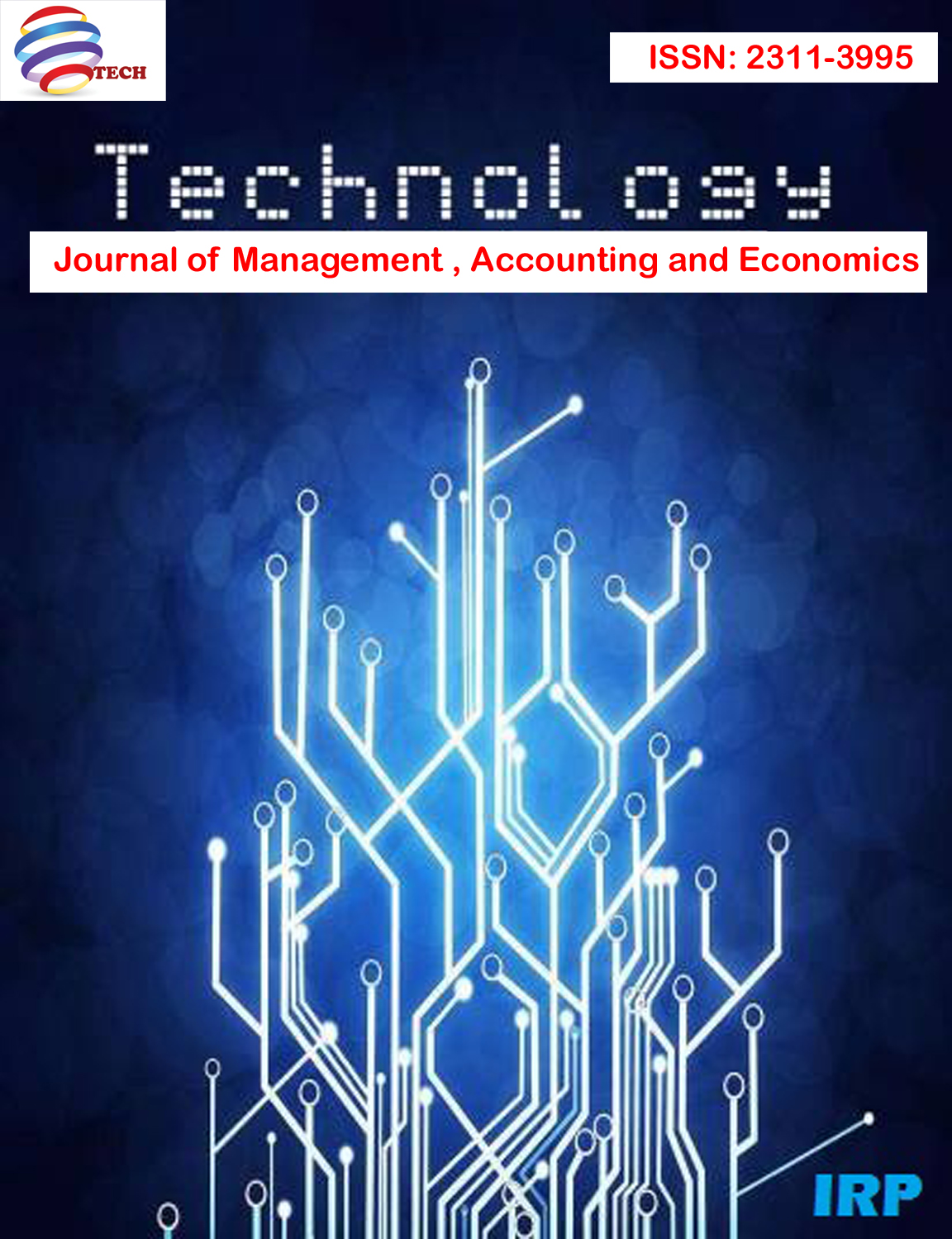REDUCING INVALID VOTES AND VOTE MECHANISM COMPRESSION IN MULTIPARTY ELECTIONS: A COMPREHENSIVE APPROACH
Abstract
There has been limited research about the impact of ballot paper design in multiparty elections and effects of information or training on invalid vote and vote mistakes. This study was to measure the effect of training and ballot paper design on the probability of invalid votes and vote mechanism compression. There have been applied three quasi-experimental designs with different samples, the first experiment (60 volunteers) was to design a post-test and control group where the hypothesis was rejected because the training doesn't reduce the likelihood of invalid ballots. The second experiment (172 volunteers) with a post-test design, a control group, and two experimental treatments with different groups where the hypothesis of ballot paper decreases the likelihood of invalid ballots was also rejected. The third experiment (60 participants) with a 2x2 factorial design showed that the priming obtained through the instructional design on separate large sheets decreased the percentage of the null votes even in cases where voters had no experience with the electoral system. The importance of the pedagogical ballot paper design and other items that are part of the voting system in the light of consumer psychology and behavioral economics are discussed.





